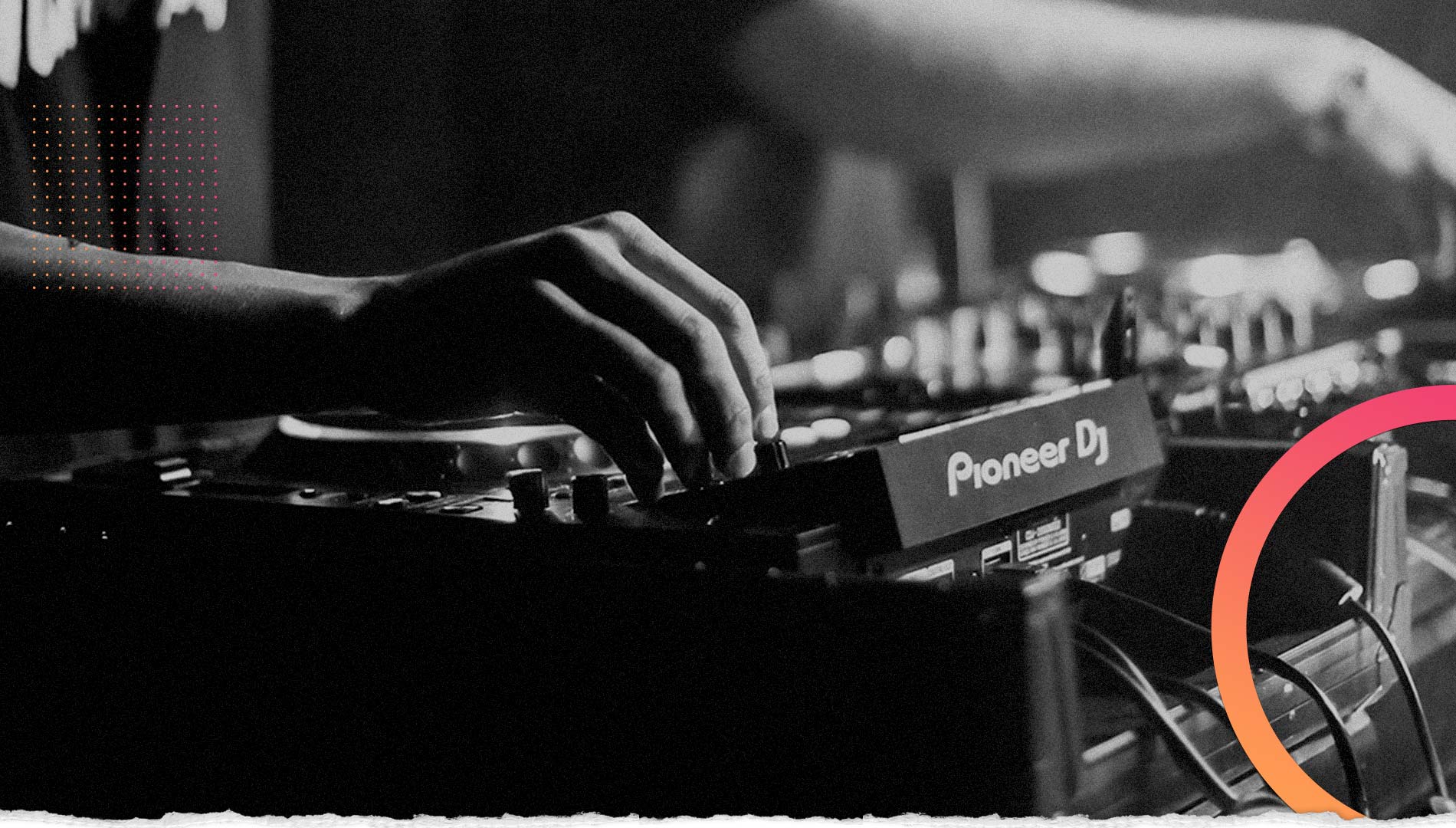There is a general belief among Hindustani music aficionados that media publicity for music and musicians is a relatively recent phenomenon. While they accept the fact that reviews of music concerts have appeared in newspaper dailies for decades, pre-programme publicity –particularly of the kind that came from one or more musicians or concert organisers –is understood to be an phenomenon of our times.
Such publicity – more disparagingly called “PR activity” – is looked down upon as a marketing device that should not be allowed entry into the portals of the purportedly spiritual realm of Hindustani music. Strangely, the very people who criticise such public relations activity often take recourse to the same strategies when they organise concerts or when their favourites from among musicians are featured. They are quick to reason that their changed position in such cases is to provide publicity to unrepresented musicians.
However, given the fact that there are literally hundreds and thousands of Hindustani musicians spread across the country, how do they assume which of these lack representation and deserve media publicity? Clearly, the decision is based on the preferences and affinities of such people.
Looking through the archives
But if we were to look back into history, while publicity focusing on an individual musician or arranged for by that musician may not have been a common occurrence a few decades ago, there is enough documentary evidence to prove that musicians did view media publicity as a viable route to inform potential listeners about forthcoming performance s and at times also about the context in which some of these programmes had been organised.
For instance, it was not uncommon to find advertisements appearing in the press announcing programmes hosted by certain institutions with the names of performers who were closely connected with them.
In addition to advertisements, newspapers also featured news about performances that were scheduled or that had been held. In the absence of bylines, it is often not known whether the information provided in such news items was based on material collected by the reporters or was provided by musicians or concert organisers. In such a situation, people critical of present-day “PR activity” but take recourse to it when it serves their purpose need to look into history to gain a clearer picture of how media publicity for Hindustani music evolved over decades.
Returning to the account of tabla maestro Munir Khan’s 75th birth anniversary celebration held at Mumbai in 1950, it would be pertinent in this context to examine the article that appeared in the Bombay Chronicle on October 8, 1950, announcing details about the function to be held that day. The list of performers for the two sessions held in a single day has been included in last week’s column.
But today, we look at other aspects of the article that bring to light the fact that pre-programme publicity not just provided names of performers but also included information about the larger context within which the event was being held. Evidently, this was done to spread the word about music performances across a wide readership in the hope of drawing in more listeners and supporters for a cause as was the case in the present instance.
After listing the names of performers for this occasion and providing biographical details about Munir Khan, the article quotes tabla exponent Nikhil Ghosh, grand-disciple of the maestro and Organising Secretary, Ustad Munir Khan Memorial Academy of Tabla Art. Ghosh mentions that the art of tabla playing has drawn lovers of music even from the West but adds that there is no centre in India “where imparting of exclusive knowledge of this invaluable instrument methodically and scientifically has been arranged for”.
Readers will notice that words like “methodical” and “scientific” have been used for several decades to describe pedagogy pursued at an institutional level in India and heads of institutions continue to adopt such catchphrases to distinguish their style of teaching from the conventional transmission format followed in the guru-shishya parampara (mentor-disciple tradition) or even that followed by other institutions. There are many reasons for using such catchphrases and that a matter for a separate discussion.
For now, we look at Ghosh’s statements more closely. He states:
“It is felt that on account of want of proper facilities a time may soon come when, due to avoidable neglect this art may deteriorate and ultimately get extinct. Eminent musicians of the day have therefore been keenly feeling the want of such an academy for a long time and as music does not keep a barrier of caste or creed, such an academy needs be of a non-communal universal nature.
“A band of enthusiastic disciples, followers and admirers of Late Ustad Munir Khan Khan Saheb got themselves together, sometime ago, to explore ways and means of satisfying this long-felt want and of starting an academy to impart unadulterated knowledge of Tabla, irrespective of caste or creed, to India’s traditionally music-minded people. All lovers of pure music would certainly encourage such a move – it was felt by those who assembled. The proposed academy would serve as a unique opportunity for lovers and learners of this art.”
He goes on to say that Amir Hussain Khan, nephew and disciple of Munir Khan and one of Ghosh’s gurus, has proposed that he will train students if such an academy was set up. The organisers felt that this was a fitting way to perpetuate the memory of Munir Khan. However, it was added that a sum of Rs 10,000 would be needed to initiate this process, a sum that the organisers believed music lovers of Mumbai would wholeheartedly contribute.
One wonders if in current parlance, this would constitute part of “PR activity” that is often denigrated, or whether those condemning such publicity will see it as a more enlightened use of such methods. Whatever may be the opinion of readers and music lovers today, the fact remains that media publicity was certainly harnessed to spread the word about music programmes, musicians, music schools and related matters. An honest appraisal of the past reveals this adequately and throws up facts and questions that may surprise those who believe that their use of media publicity is more justified than that of others.
We end this episode with a short tabla solo recital in the 16-matra Teentaal by Amir Hussain Khan, who performed for the 75th birth anniversary celebrations of Munir Khan.
One of India’s leading tabla players, Aneesh Pradhan is a widely recognised performer, teacher, composer and scholar of Hindustani music. Visit his website here.







